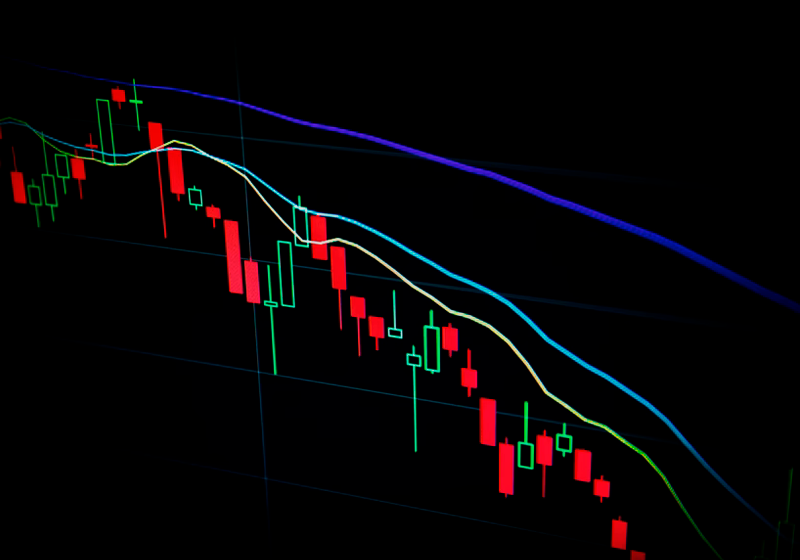 Título: Models selection procedures for random objects driven by context tree models
Título: Models selection procedures for random objects driven by context tree models
Palestrante: Aline Duarte (IME-USP)
Data: 29/11/2021
Horário: 15hrs
Local: Transmissão online
Confira AQUI o link para a transmissão.
Resumo: In several research problems we deal with stochastic sequences of inputs from which a volunteer generates a corresponding sequence of responses and it is of interest to model the relation between them. A new class of stochastic processes, namely sequences of random objects driven by context tree models, has been introduced to model this relation. In the talk I will formalize this class of stochastic processes and present model selection procedures to make inference on it.
All the talks are held in English.
The videos of the online seminars are available:
For the second semester, a few days after each meeting the video should be available HERE.
 Título: Fast Consensus and Metastability in a Highly Polarized Social Network
Título: Fast Consensus and Metastability in a Highly Polarized Social Network
Palestrante: Antonio Galves (IME-USP and NeuroMat)
Data: 22/11/2021
Horário: 15hrs
Local: Transmissão online
Confira AQUI o link para a transmissão.
Resumo: Discrepancy between the results of electoral intentions carried out a few days before the actual voting and the electoral poll results during the first round of the 2018 presidential elections in Brazil was striking. At the time, it was conjectured that this discrepancy was the result of social-media campaigning days before the elections. The question remains: is social-media campaigning enough to change the voting intention of a significant portion of voters? To provide an answer to this question was the initial motivation for this work. The model we consider is a system with a large number of interacting marked point processes with memory of variable length. Each point process indicates the successive times in which a social actor expresses a "favorable'' (+1) or "contrary'' (-1) opinion on a certain subject. The social pressure on an actor determines the orientation and the rate at which he expresses opinions. When an actor expresses their opinion, social pressure on them is reset to 0, and simultaneously social pressure on the other actors is changed by one unit in the direction of the opinion that was just expressed. The network has a polarization coefficient that indicates the tendency of social actors to express an opinion in the same direction of the social pressure exerted on them. We show that when the polarization coefficient diverges consensus is reached almost instantaneously. Moreover, in a highly polarized network, consensus has a metastable behavior and changes its direction after a long and unpredictable random time. This is a joint work and a joint talk with Kádmo de Souza Laxa.
All the talks are held in English.
The videos of the online seminars are available:
For the second semester, a few days after each meeting the video should be available HERE.
 Título: On some branching processes with selection
Título: On some branching processes with selection
Palestrante: Pablo Martín Rodríguez (CCEN/UFPE)
Data: 08/11/2021
Horário: 15:00hrs às 16:00hrs
Local: Transmissão online
Confira AQUI o link para a transmissão.
Resumo: In this talk we will discuss two special stochastic processes, which may be seen as branching processes with selection. We will present the motivation behind its formulation and some results related to the existence of phase transition in such processes.
All the talks are held in English.
The videos of the online seminars are available:
For the second semester, a few days after each meeting the video should be available at HERE.
 Título: Random Walks on Random Cayley Graph
Título: Random Walks on Random Cayley Graph
Palestrante: Sam Olesker-Taylor, University of Bath
Data: 10/11/2021
Horário: 13:00hrs
Local: Transmissão online
Confira AQUI o link para a transmissão.
ID da reunião: 958 0581 3232
Resumo: We investigate mixing properties of RWs on random Cayley graphs of a finite group G with k ≫ 1 independent, uniformly random generators. Denote this Gₖ. Assume that 1 ≪ log k ≪ log |G|. Aldous and Diaconis (1985) conjectured that the RW exhibits cutoff for any group G whenever k ≫ log |G| and further that the time depends only on k and |G|. This was verified for Abelian groups by Dou and Hildebrand (1994, 1996). Their upper bound holds for all groups. We establish cutoff for the RW on Gₖ for all Abelian groups when 1 ≪ k ≲ log |G|, subject to some 'almost necessary' conditions. We also exhibit a non-Abelian matrix group which contradicts the second part of the AD conjecture. Lastly, we upper bound the mixing time of a RW on a nilpotent group by that of the RW on a corresponding Abelian group.
 Título: Random walk in a birth-and-death dynamical environment
Título: Random walk in a birth-and-death dynamical environment
Palestrante: Luiz Renato Fontes (Universidade de São Paulo)
Data: 27/10/2021
Horário: 13:00hrs
Local: Transmissão online
Confira AQUI o link para a transmissão.
ID da reunião: 958 0581 3232
Resumo: We consider a particle moving in continuous time as a Markov jump process; its discrete chain given by an ordinary random walk on Z^d (with finite second moments), and its jump rate at (x,t) given by a fixed function f of the state of a simple birth-and-death (BD) process at x on time t. BD processes at different sites are independent and identically distributed, and f is assumed non increasing and vanishing at infinity. We present an argument to obtain a CLT for the particle position when the environment is ergodic. In the absence of a viable uniform lower bound for the jump rate, we resort instead to stochastic domination, as well as to a subadditive argument to control the time spent by the particle to give n jumps (both ingredients rely on the monotonicity of f); and we also impose conditions on the initial (product) environmental initial distribution. We also discuss the asymptotic form of the environment seen by the particle. Joint work with Maicon Pinheiro and Pablo Gomes.
